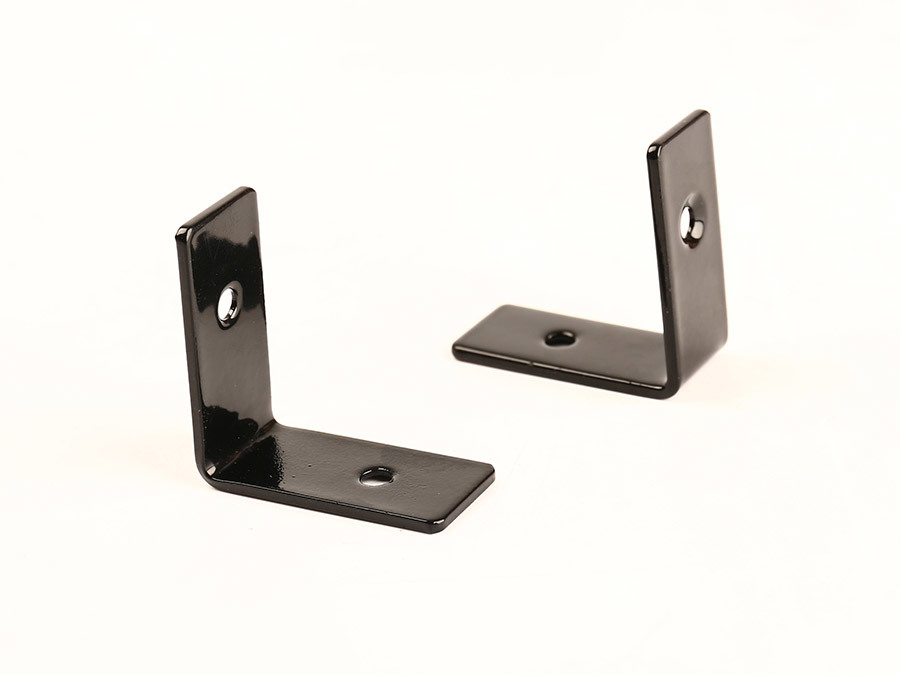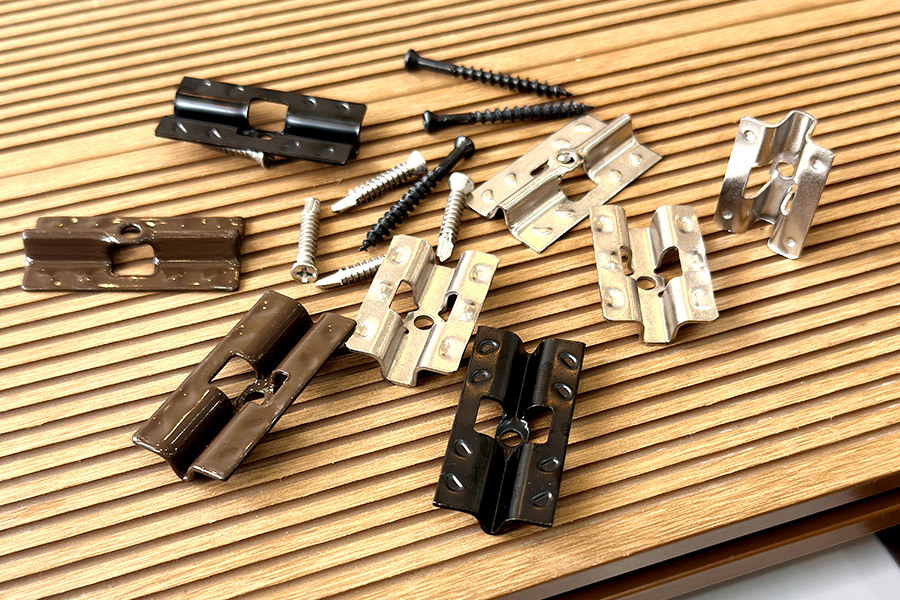How to improve the automation level of metal stamping processing industry
Release Date:
10 Jan,2022
Five areas of increased automation in the stamping and die manufacturing process, not only can help alleviate the shortage of existing skilled workers, but also can facilitate the future development of stamping manufacturers, these areas involve waste, fluid management and monitoring.

Five areas of increased automation in the stamping and die manufacturing process, not only can help alleviate the shortage of existing skilled workers, but also can facilitate the future development of stamping manufacturers, these areas involve waste, fluid management and monitoring.
1. Moving scrap metal
Conveyors, hydraulic dumpers and automatic feeding systems eliminate some of the most laborious manual processes in metal scrap disposal.
Conveyor: The conveyor quickly and automatically removes stamping waste and debris from the beginning of production. When metal scrap and spent cutting fluid are automatically removed from core operations, forklift transfers are no longer required and the production cycle is optimized.
Automatic dump truck. They receive chip carts or drums from the mold processing operation, and then raise and flip them onto the receiving hopper. The mechanical option is equipped with advanced transfer functions; the hydraulic system facilitates the transfer of low-level metal scrap. Both systems are efficient for single-person cart unloading if hand-held controls are used to guide the operation.
Loading systems: These systems automatically transfer scrap metal into distribution containers for transport to metal recycling stations. The continuous back and forth operation of the reciprocating conveyor distributes the waste material evenly in the container. When the container is full of capacity, the level sensor will alert the operator. Loading and unloading automation can even use machine-to-machine communication to send a signal to scrap dealers that the container is ready for pickup. The overall scale can track the overall waste production and help ensure that the container is full, but does not exceed the road weight limit. These systems greatly reduce the supervision required for efficient loading.
The automatic transfer of metal scrap from one production point to another can minimize employee intervention. Moreover, because these systems eliminate the hazards associated with manually moving metal scrap, safety in the workplace is improved. This can help attract and retain high-quality employees while allocating resources to production-focused tasks in other areas of operations.
2. Modify metal scrap
Metal scrap processing equipment automates the task of reducing the turning and clumping of metal shavings to flowable shovel debris. Equipment with vertical feeding can provide continuous positive feeding operation to reduce a large amount of waste. The equipment with horizontal feed can accommodate a small number of fine bends.
These systems help keep the shop floor free of hazardous substances and prepare metal scrap for more efficient line processing.
3. Monitor the machine
As experienced older workers leave, automated machine monitoring and IIoT capabilities provide a pathway to die success where they lack sufficient knowledge of facility equipment and maintenance resources. Automated machine monitoring systems continuously monitor equipment performance and capture data to support predictive maintenance. In the end, it can minimize the number of downtime, reduce maintenance costs by reducing labor overhead, increase productivity, and improve workplace safety throughout the operation.
Because IIoT communication devices collect device data and send it to the cloud, they make device data accessible to anyone or device anywhere. This can help new operators see what has caused machine failures in the past and make machine uptime more predictable. IIoT can even send an email to the supplier to automatically order replacement parts.
4. Separation of cutting fluid
After die-cutting operation, the wringing machine and centrifuge can separate the cutting fluid from the metal chips. Especially when they are inserted into the metal chip handling system, the wringer and centrifuge help to automatically remove and recycle the cutting fluid, thereby helping to speed up waste stream management. The wringer and centrifuge with automatic cleaning design and the automatic lubrication system that automatically lubricates the bearings help support continuous operation while reducing operator-led procedures.
5, Management of cutting fluid
For shops lacking automatic fluid filtration systems, cutting fluid management requires repeated intervention by employees. Operation with the flow oil separator eliminates the need to manually clean the oil in the rinse tank. By automatically removing the free-floating and mechanically dispersed flow oil, bacteria, slime and inverted emulsion in the oil sumps, central systems and washing tanks of various machines, the flow oil separator can reduce the flow oil to less than 1% at a time.
The turnkey centralized fluid filtration system can further improve fluid management efficiency by automatically controlling the coolant concentration and continuously eliminating bacteria by injecting ozone. These centralized systems require minimal operator involvement and training, making fluid management easy, seamless and easy. Cutting fluid recycling equipment can also reduce hazardous waste disposal by up to 90% and reduce new liquid purchases by up to 75%.
While automation offers a pathway to future resilience, it remains haunted by the stigma of the past. To take full advantage of the level of innovation offered by automation, the North American manufacturing sector, including metal forming operations, must first dispel the misconception that automation only eliminates jobs, whereas automation has proven to help create new ones. A Deloitte study of automation in the UK showed that while 800000 low-skilled jobs were eliminated, 3.5 million high-paying jobs were created.
Companies that have deployed automation in their operations tend to grow, while those that don't wither tend to grow. Therefore, automating waste flow is a way for North American stamping companies and their employees to make progress, and is a way to improve operational flexibility, which will enable plants to grow even under the most challenging economic conditions.
keywords:
Previous Page:
Next page:



